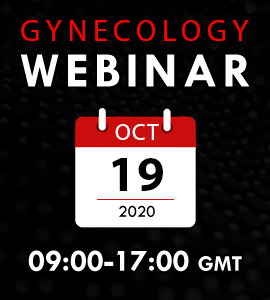
Adriana Amorim Francisco
Federal University of São Paulo, Brazil
Title: Association between antenatal vulvovaginitis and birth-related perineal trauma
Biography
Biography: Adriana Amorim Francisco
Abstract
Statement of the Problem: Birth-related perineal trauma commonly affects women who give birth vaginally and adversely affects postpartum recovery. In general, women who had diagnostic of antenatal vulvovaginitis are more likely to have these injuries; however there is no robust evidence that support such association. Objective: To identify whether antenatal vulvovaginitis is associated with perineal trauma in normal birth. Method: A cross-sectional study with 100 primiparous women, at least 18 years of age, who gave birth to a single, live, full-term fetus in vertex presentation at a midwife-led birth center. Data were collected from the antenatal and birth record and by structured interview of the participants. Results: mean of participants’ age 23.1 years (SD: 4.8), 16% of labor induced with misoprostol, 54% of synthetic oxytocin infusion in labor, 83% of lithotomy birth position, 98% of “hands on” maneuver, 75% of perineal trauma (70.7% first degree and 29.3% second degree laceration), 54% of antenatal vulvovaginitis (42% treated in the antenatal period), mean of newborn birth weight, head and thoracic circumference: 3.102g (SD: 385), 33.3cm (SD: 1.2) and 32.2cm (SD: 1.7), respectively. Only the variables antenatal vulvovaginites and newborn birth weight and head circumference were associated with perineal trauma. Women who had antenatal vulvovaginitis were 4.7 more likely to have perineal trauma compared to those without vulvovaginitis, regardless of the newborn birth weight and head circumference. Each increase of 100g in the newborn’s birth weight and 1cm in the head circumference increased by 21% and 51% the chance of maternal perineal trauma in childbirth, respectively. There was no association between treating antenatal vulvovaginitis and perineal trauma or antenatal vulvovaginitis and perineal trauma severity. Conclusion: It is necessary to prevent antenatal vulvovaginites, as well as to offer special perineal care to women who had antenatal vulvovaginitis and to those who have had or is pregnant with a large baby.

